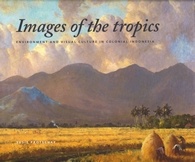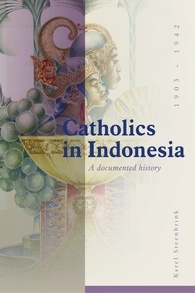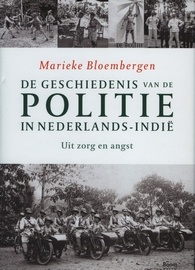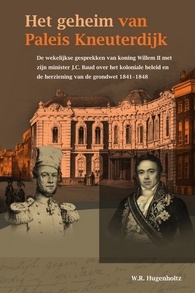Images of the tropics: Environment and visual culture in colonial Indonesia
Description
Images of the tropics critically examines Dutch colonial culture in the Netherlands Indies through the prism of landscape art. Susie Protschky contends that visual representations of nature and landscape were core elements of how Europeans understood the tropics, justified their territorial claims in the region, and understood their place both in imperial Europe and in colonized Asia during the nineteenth and early twentieth centuries. Her book thus makes a significant contribution to studies of empire, art and environment, as well as to histories of Indonesia and Europe. Surveying a rich visual culture developed over a period of some 350 years of Dutch colonial engagement with Indonesia Susie Protschky demonstrates how views of the archipelago’s environment were far from simple topographical souvenirs. Rather, this book reveals how images of the tropics visually articulated colonial attempts to legitimize and historicize what were in fact continually changing and contested claims to Dutch territorial sovereignty in the Indies. Further, colonial images of nature were routinely inflected with diverse cultural preoccupations, among them the constitution of gender, class and racial boundaries in Indies society; the tenor of sexual mores in the tropics; and the political role of religion in the archipelago. Landscape art thus indexed colonial views on a range of pressing social and political concerns. Susie Protschky (1979) received her doctorate in history from the University of New South Wales (Sydney) in 2007, and was a lecturer at the University of Western Australia (Perth) from 2008 to 2010. In her current role as an Australian Research Council (ARC) Postdoctoral Fellow at Monash University (Melbourne), she is working on a cultural history of monarchy and empire in the Dutch colonial world.
Additional Information
| Edition | |
|---|---|
| Pages | |
| Series | |
| Illustrations | |
| authors | 116 |







